The technology is based on pneumatic propulsion – air is generated by stationary, energy-efficient fans to a duct located within the elevated track.
The air pushes or pulls a propulsion plate fixed to the vehicle, which moves by steel wheels on rail tracks. Propulsion circuits create unique and independent control blocks for each powered vehicle.
The Transportation System encompasses a series of disciplines responsible for designing an Aeromovel System, from implementation, operation, transportation engineering, and technology.
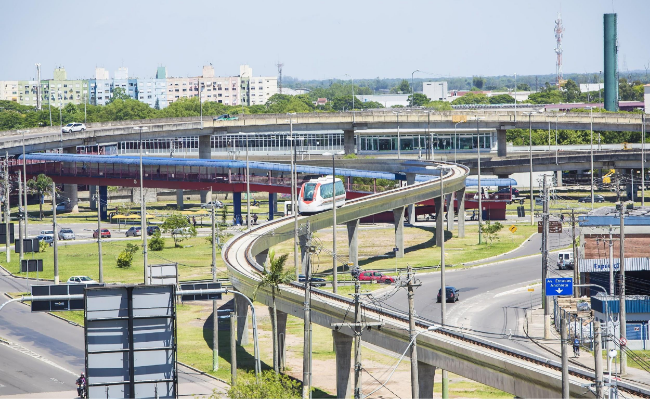



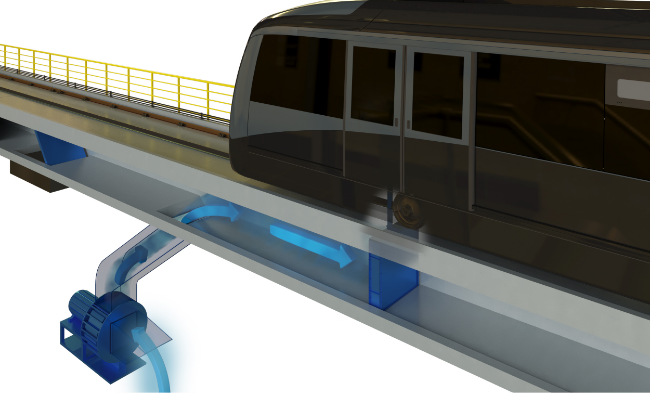
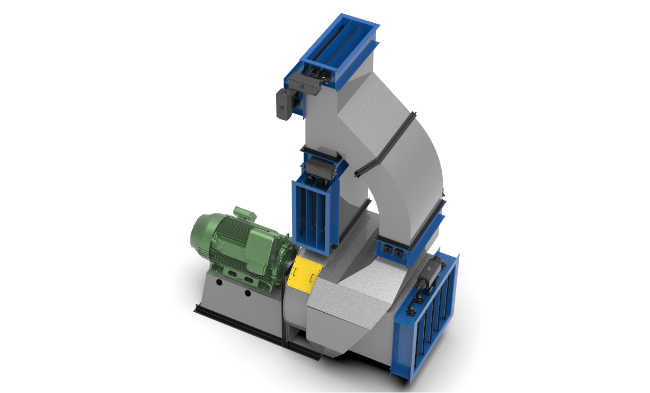
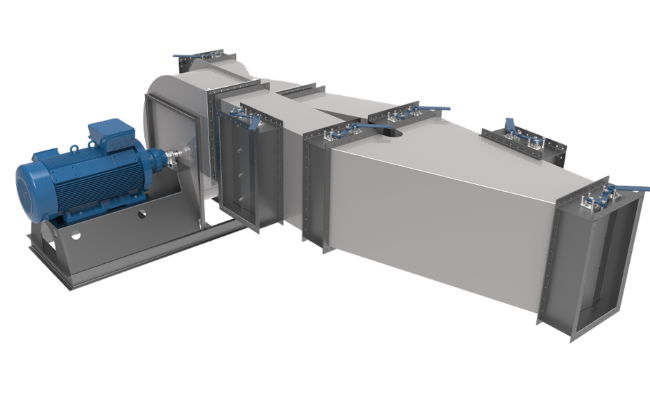
Aeromovel vehicles are not driven by their wheels, as in other similar systems. Instead, the vehicles are passive, being externally propelled through the control of pressure and airflow within the propulsion duct.
The elevated guideway is formed by concrete beams, with a duct designed in its center that allows the internal pressurization of the propulsion circuit. Each vehicle is connected by a mast to two propulsion plates located inside the duct.
Stationary electric blowers are located along the line to pressurize the air inside the duct and create positive or negative pressure, which will push or pull the vehicle.
The Aeromovel control system uses equipment for safety-critical and highly available applications. The system is designed for uninterrupted operation. The functions of the Automatic Train Control (ATC) system are automatic, without the need for human intervention.
All control devices are located at the Operations Control Center (OCC), where the professionals responsible for the operation and traffic control of the system are located.
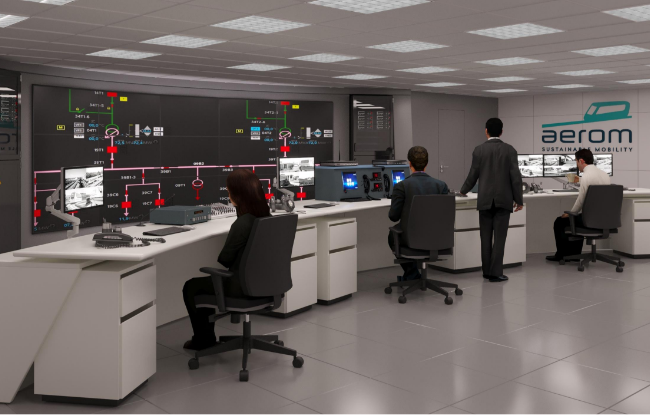

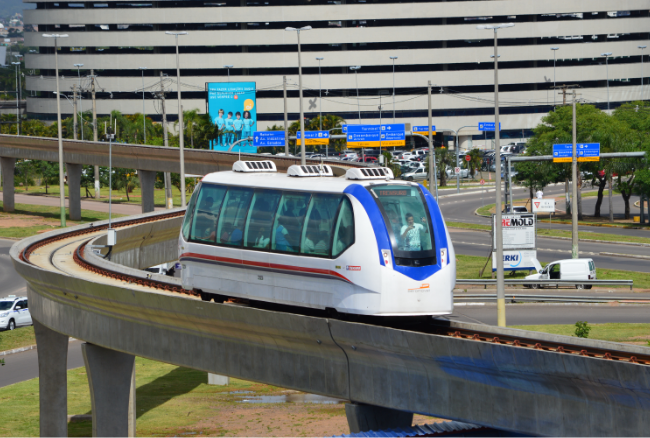
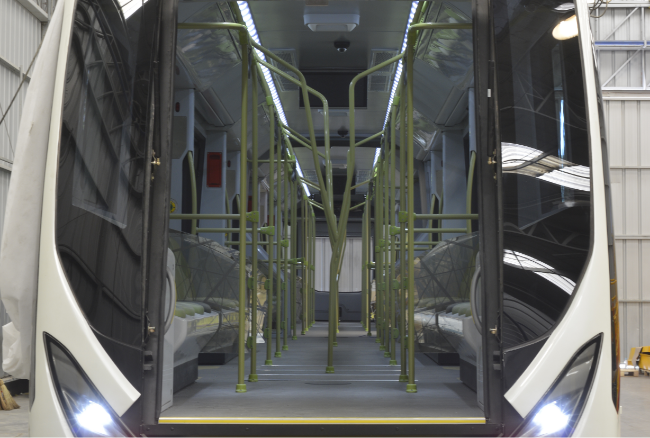

The Aeromovel vehicles result from intensive investment in research and development, featuring the most advanced technology and design characteristics, with the use of lightweight and durable materials. Internally, they were developed with non-combustible and composite materials, with light and washable high-traffic floors.
All components used comply with the American standard NFPA 130, which addresses fire protection in rail passenger systems. The chassis, trucks, and body are designed through computer simulation, aiming at structural analysis and improvement of product design quality.
The vehicles are passive, without onboard propulsion and modular. Their size is sized in accordance with the demand and capacity planned for each project.
The buildings are classified as:

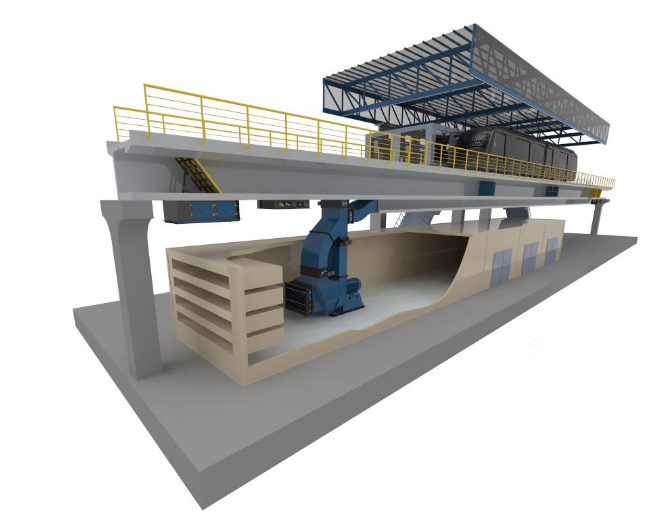
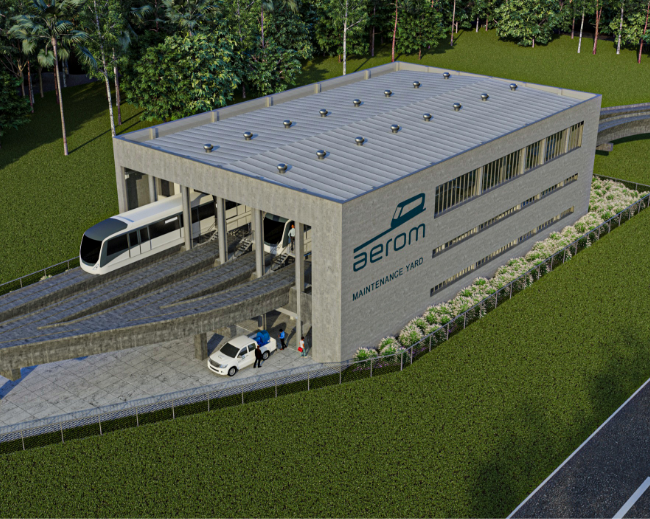
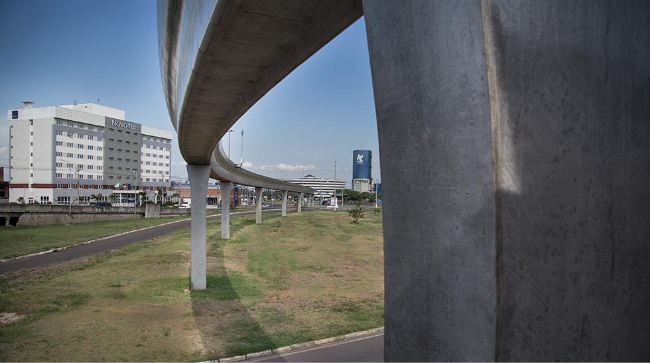

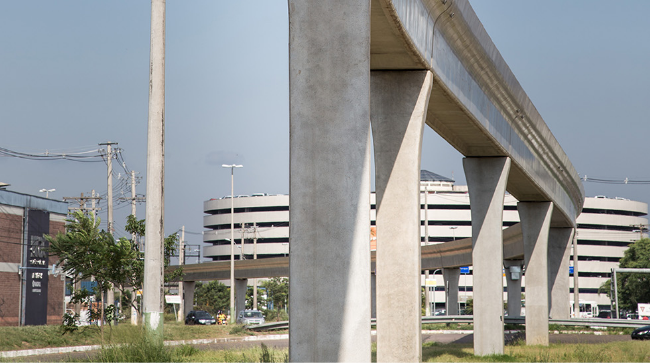
The Elevated guideway is the structural assembly formed by Infrastructure (Foundations and Blocks), Mesostructure (Pillars and Support Beams) and Superstructure (Beams), the latter of which can be constructed of steel or concrete.
The structures are slender and lightweight. They are designed to be executed in precast or prefabricated pieces, with low interference in the implementation site, since the work takes place alongside the construction site. The modular pieces adapt to the interference of the implementation site and, because they are lightweight, allow for quick assembly. They are made with millimeter precision, using the best and most modern construction techniques.
Communication systems with users are provided in stations and vehicles. Sonorous and visual warnings will constantly inform the passenger of the vehicle’s destination, time of the next departure, safety guidelines, among others. A CCTV system monitoring stations, vehicles, and the route also assists in the System’s security.
The Aeromovel System uses logical separation of control and service networks. The control network is where ATC equipment, guideway controllers, vehicle controllers, I/O modules, ATS servers, etc. are connected. The service network is where security cameras, intercommunication panels, user information monitors, etc. are connected. Both networks are Ethernet standard (IEEE 802.3).

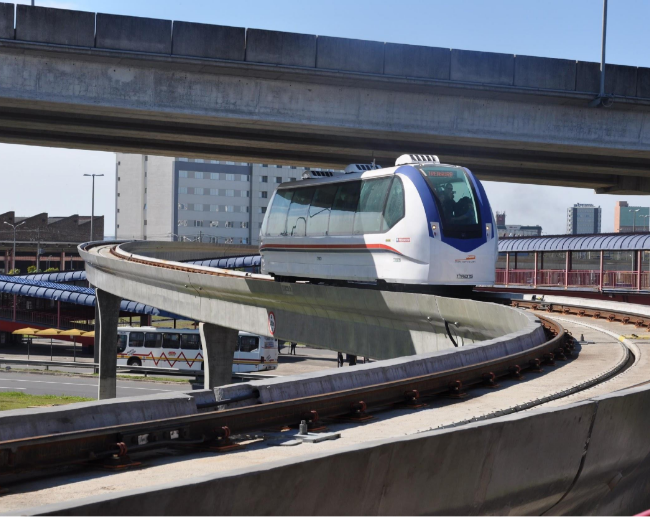
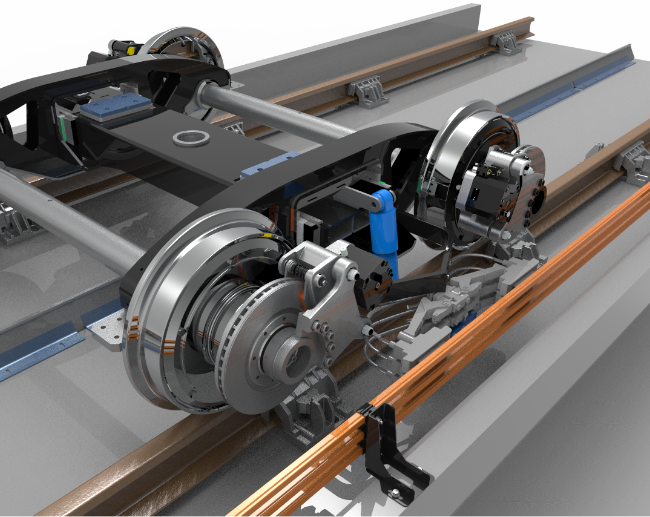
The Aeromovel Power Distribution System (PDS) is designed to be fully redundant to ensure high system availability. It is sized to maintain operation in the event of simple failures without deteriorating operational performance.
If there is an interruption in the power supply from the concessionaire, diesel generators guarantee system operation. This set of generators will be able to operate during peak hours or in an emergency.
The energy management system allows real-time event monitoring from supervision screens specially developed to fully command the power electrical system from terminals located at the CCO and Maintenance Center. The electrification solution for the Aeromovel system’s vehicles is made by two metal bars, also known as the third rail.